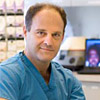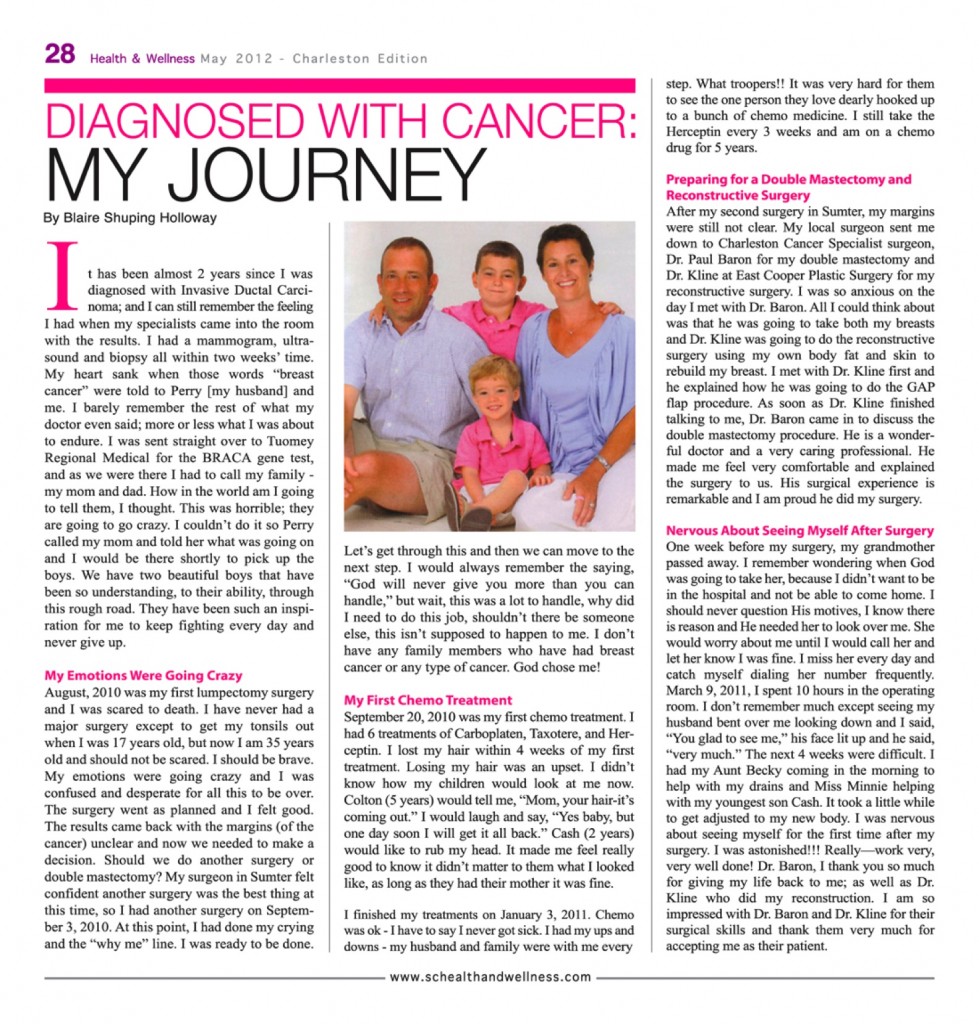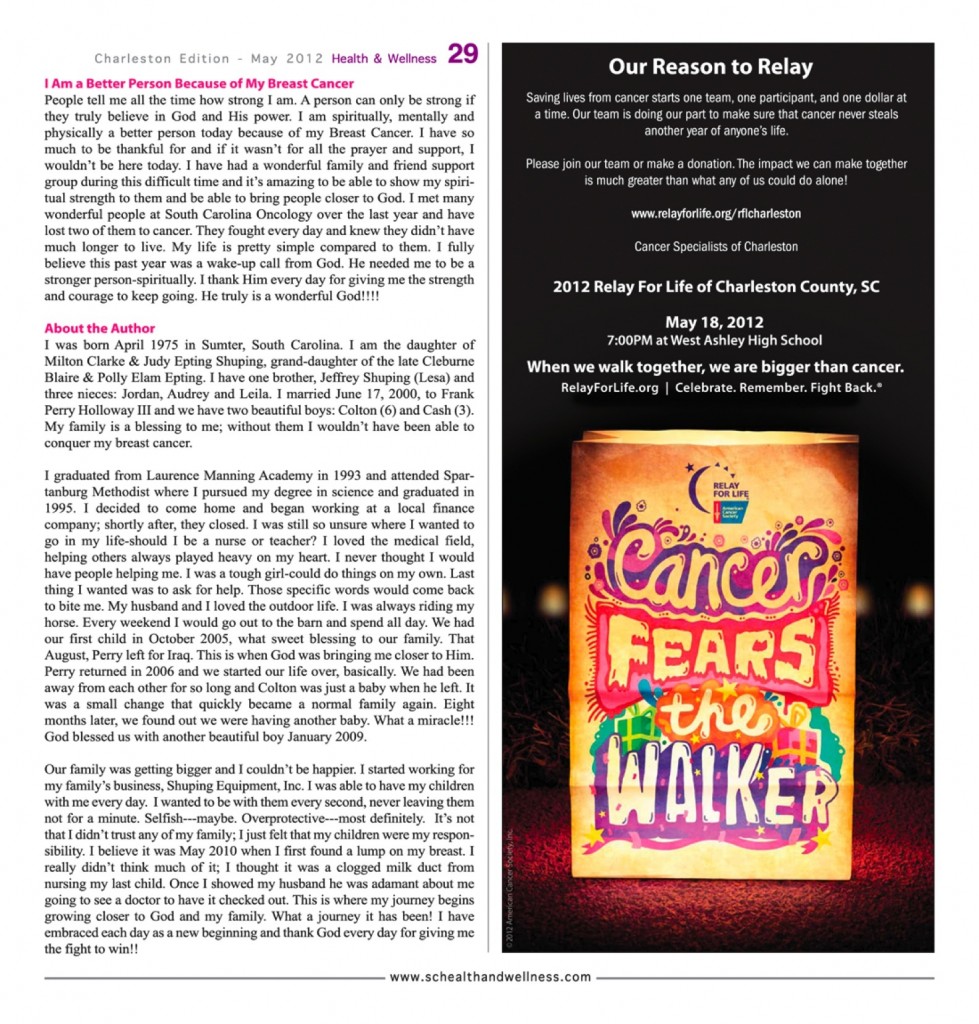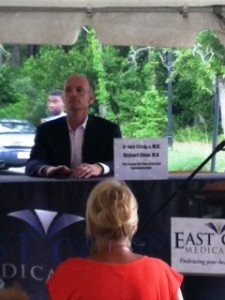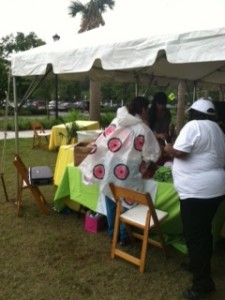Is it just us, or does time seem to slow down toward the end of the workday?
Don’t get us wrong – we’re passionate about what we do! But even if you enjoy your career or business very deeply, unwinding is important for your health. In fact, taking time off leads to even greater productivity and increased happiness.
Shutting down your workday means not opening any work until tomorrow! Even if you have several more things to do in the evening (we know what it’s like to be a woman with a lot responsibility!), you must make time to unwind. Just one hour of “me time” can make a day’s worth of difference.
One hour is recommended, but even if you spend fifteen minutes by yourself, you’ll get the benefits of ridding stress and tension. Here’s how:
Unwind by Napping
Being well-rested is key to regenerating your energy for the following day. A small nap in the evening provides the perfect transformation from “work mode” to “home mode.”
According to the National Sleep Foundation, there are three different ways to nap.
1. Planned napping. This is when you nap before you’re sleeping. It’s like keeping your gas tank half full instead of full or empty.
2. Emergency napping. If you feel extremely fatigued after work, then you need this kind of nap. Don’t try to fight drowsiness. Nothing is more important than your health.
3. Habitual napping. These are scheduled naps you take daily. When you know in advance what your evening looks like, you can take planned naps.
Of these three, habitual napping is the best way to unwind. Why? Because when your body is used to always resting at a certain time, it will provide you a deeper period of sleep.
Get Physical
Are you having trouble sleeping at night? Try doing 15-30 minutes of exercise in the evening. Even if your mind is racing, having a tired body will kindly force you to rest. It’s a win-win, because you’ll wake up feeling healthier and rested (aside from the sore muscles).
Working out to unwind may seem contradictory. Just keep in mind how your post-workout euphoria will put you at ease.
Make New Friends
Sites like meetup.com provide a place for you to go and make new friends. Perhaps you have a hobby like painting or hiking. With Meetup, you can schedule regular gatherings in the evening.
Many people share the desire to unwind after work. Mingling with like-minded people may be that helpful boost in energy you’ve been looking for!
Social Media Time
You don’t have to leave home to catch up with friends. Sites like facebook.com are a way to see what everyone is up to. Instead of using Facebook throughout the day, try Facebooking on a schedule (as weird as it sounds, this is a healthier way to use social media):
Schedule a time to use Facebook (e.g., 6:00-6:30 P.M).
Post something positive, leave positive comments on your friend’s posts, and share things you like on your wall.
At 6:30, shut down Facebook. Don’t let it suck you in — it will still be there tomorrow.
These are just a few ways to unwind after work. Do you have a favorite way? Please let us know by sharing it in a comment below!
Photo Credit: alexcoitus




